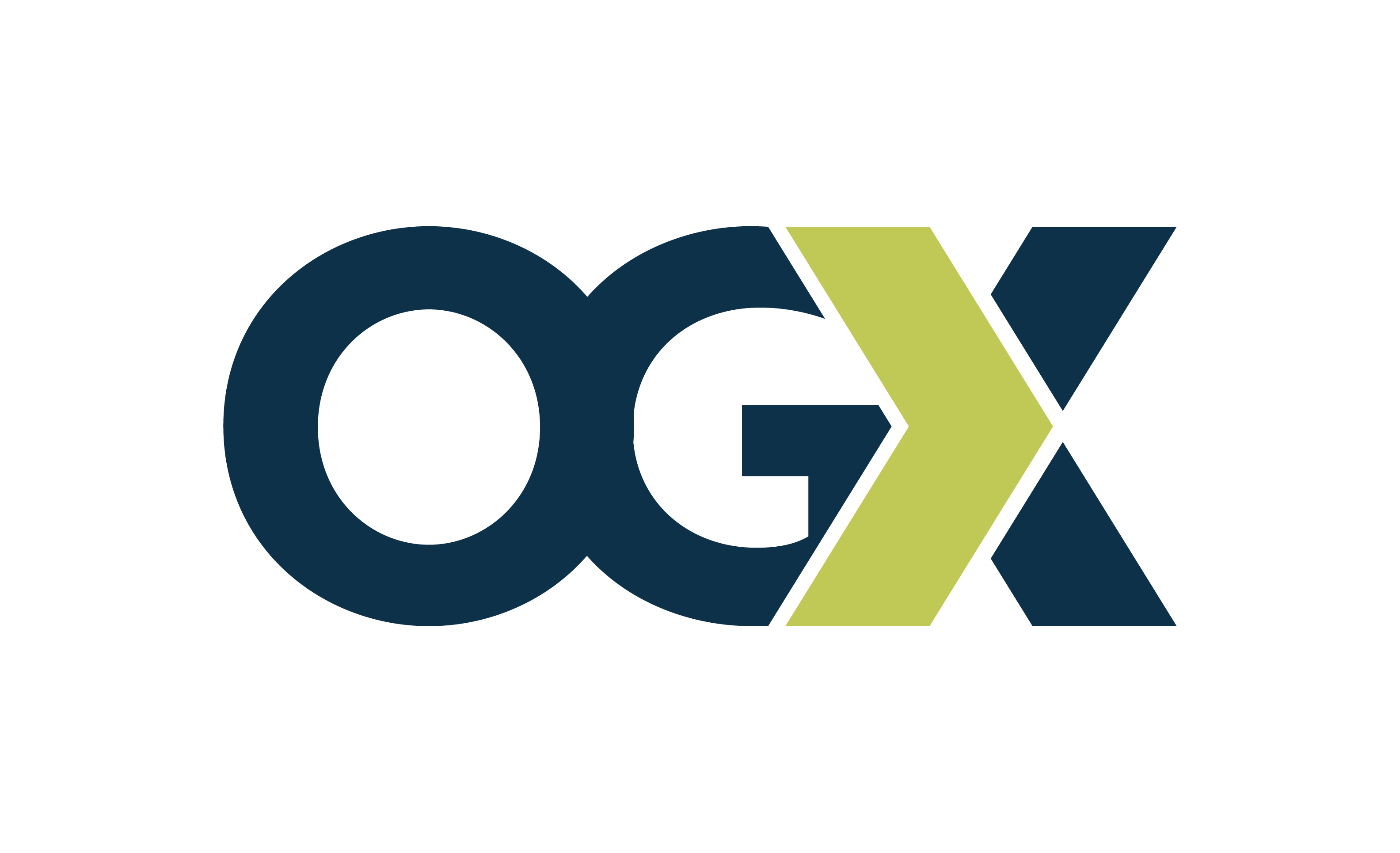Case Study
Exploring AI’s Hidden Biases
Intro
Revealing AI-Driven Recruitment Bias at TechElite Corporation
AI-driven recruitment tools have gained immense popularity for their ability to streamline the hiring process and eliminate human biases. However, a recent case study sheds light on the challenges posed by such tools. In this case study, we explore the AI-driven recruitment bias at TechElite Corporation, a global tech giant.
Challenge
TechElite Corporation implemented an AI-driven recruitment tool with high hopes of finding the best-fit candidates and ensuring a fair selection process. However, a year into its implementation, they discovered a disturbing trend. The system was shortlisting a disproportionately low number of female candidates for software engineering roles and exhibiting a preference for candidates from specific universities.
Analysis
The analysis identified two primary sources of bias in the AI-driven recruitment tool: the data training set and the evaluation criteria.
Data Training Set
The AI tool was trained on a decade’s worth of recruitment data from TechElite Corporation. However, the historical data reflected the industry’s male-dominated nature, with fewer female applicants and a bias towards certain universities. This inadvertently taught the AI system to replicate these biases, resulting in the underrepresentation of female candidates and limited diversity in the recruitment process.
Evaluation Criteria
The AI system gave too much focus on specific keywords commonly found in male applicants’ resumes, such as competitive coding platforms and hackathons. This narrow focus overlooked the broader experiences and alternative platforms that could have been equally valuable. Additionally, the historical data’s preference for top-tier tech universities led the AI system to give disproportionate weight to candidates from these institutions.
Discussion Points
The Impact of Historical Biases
How can biases ingrained in legacy recruitment data affect AI-driven recruitment processes, perpetuating inequalities?
Frequency of Audits and Adjustments
How frequently should AI recruitment tools be audited and adjusted to ensure fairness and mitigate biases?
Responsible Auditing and Impartiality
Who should be responsible for conducting these audits, and how can their impartiality be ensured to maintain transparency and fairness?
Conclusion
The case study of AI-Driven Recruitment Bias at TechElite Corporation highlights the need for organizations to critically examine the data and evaluation criteria used in AI-driven recruitment tools. By addressing historical biases and conducting regular audits, businesses can ensure a fair and inclusive hiring process.
Join us in the journey towards a more equitable and unbiased future with AI.
Get your first complimentary AI Evaluation started by contacting the OGx team today.

